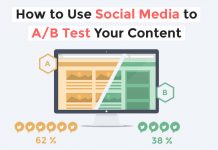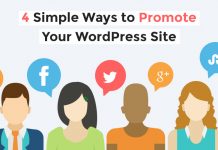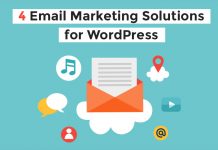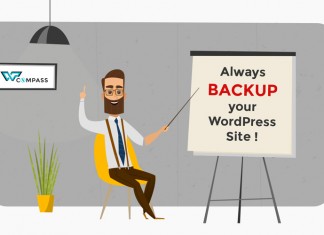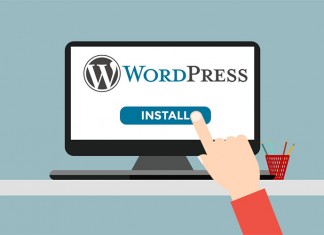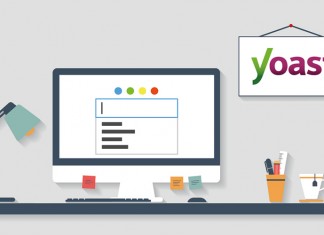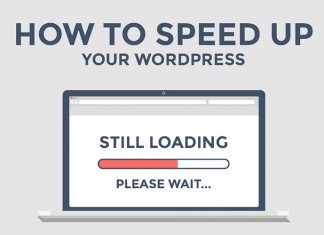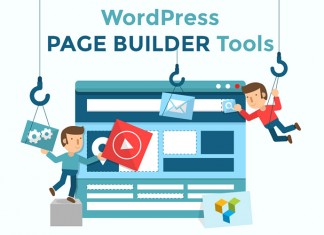Putting together a site using WordPress isn’t too hard – the true feat is building one properly and being capable of filling it with content worth your visitors’ time.
Each new page or post provides you with a new opportunity to engage new and past readers alike, but in order to maximize the effectiveness of your content, there are a few factors you need to get right. A lot of it boils down to the quality of what you publish, but there are also a lot of nuts and bolts in the background that need to be tweaked properly.
Today, we’re going to go over how to create engaging content and polishing it up before you hit the Publish button. Let’s begin with the content factor.
1. Content
Perhaps the most challenging factor you need to get right when creating new content for your WordPress site is making it engaging. For the purposes of this article, we’ll assume you’re going to be doing most of the writing yourself, although the following advice is also applicable if you’re going to be outsourcing the task.
First of all, consider your headlines. Your readers are likely to spend their time online being bombarded from all angles to see or read something, either due to ads or because someone they knew decided it was worth sharing. A great headline should let readers know what they’re in for and pique their curiosity at the same time (without diving too deep into ‘clickbait’ territory).
When it comes to the content itself, you should strive to keep yours as accessible as possible in order to engage more readers. Keep your sentences short, be concise, and (if your subject allows it) try to provide as much actionable advice as possible.
If you’re not sure whether any given content can be considered readable or not, we recommend using the popular Yoast plugin, which provides you with a Flesch readability score.

2. Images
As far as images go, there are a few key tips you should keep in mind:
- Use informative file names for your images. This helps search engines figure out what the file is about.
- Include ‘alt’ text for your images. Should they fail to load for one reason or another, that’s what your visitors will see instead (not to mention the SEO benefits). Describe the image and try to introduce keywords if possible.
- Optimize your images in order to reduce file sizes and keep your loading times low. If there’s one thing in the world everyone hates unanimously (besides soggy French fries), it’s a site that takes forever to load.
3. Links
Using links correctly requires a bit of attention to detail and making sure everything adheres to certain guidelines for Search Engine Optimization (SEO) purposes. It may be a bit annoying at first, and SEO improvements won’t occur overnight, but a little attention to detail goes a long way with this factor.
The points you need to keep in mind are as follows:
- Try to keep your permalinks short and concise while including your keywords. The ideal length for a permalink lies somewhere in the three to five word range, and as it gets longer, search engine algorithms will weight additional words less and less.
- While we’re still on the topic of permalinks, Google’s content guidelines suggest that you use hyphens instead of underscores for your URLs.
- Moving onto outbound links, these should be introduced naturally throughout an article for linking to relevant content. Readers don’t want to feel like they’re being pressured to follow a particular link (in order to make a sale, for example). We recommend applying the nofollow tag to any links that you might not consider wholly relevant to the content at hand. It essentially tells search engines “Hey, there’s nothing to look at over there!” and prevents search engines from passing our PageRank juice onto them.
- Finally, take the time to include links to past articles on your site that readers might find relevant, this will encourage new visitors to take a look at your archive of content.
4. Categories and Tags
When it comes to tags, less is more. You want to use only the most relevant keywords here, to make them SEO friendly and useful for your readers. If you want to go the extra mile, consider using tags as part of your internal links and point readers to similar content they might find interesting. Finally, use title case whenever possible in your tags, to make them look more presentable in search engine result pages (small details matter!).
If you follow this advice, you’ll be essentially treating tags as a sort of index for the subjects covered within your site, and any good index should be sorted into specific categories for easier browsing. For example, a post describing a recipe for cinnamon rolls might be included in a Desserts category, but employ multiple tags, such as Sweets, Cinnamon, and Pastries.
5. Social Media
This last factor is pretty straightforward. If your visitors feel like sharing your content, social media is likely to be their go-to method to do so, and you need to make this process as easy as possible for them.
Including social media sharing buttons is a pretty solid way of taking care of this issue, and they’re fairly ubiquitous nowadays, so your visitors are unlikely to find them off-putting. For this purpose, we recommend using either Monarch Social Sharing or Easy Social Share Buttons.
Finally, don’t forget to display links to your social media profiles prominently on your site!
Conclusion
Publishing new content on your WordPress site is a task that should be approached with respect. Having a huge number of articles means little if your readers are unable to truly engage with the content, and most of the time that only happens when they can appreciate the effort that went into it.
The whole journey from writing, to optimizing, and then publishing a new page or post, is a process that most people tackle with their own unique approach. If you’re feeling lost, just remember to pay extra attention to the five following factors, and the quality of your content will show an improvement:
- Content
- Images
- Links
- Categories and tags
- Social media
What do you consider to be the most important factor in creating engaging content for your own sites? Share your thought with us in the comments section below!









